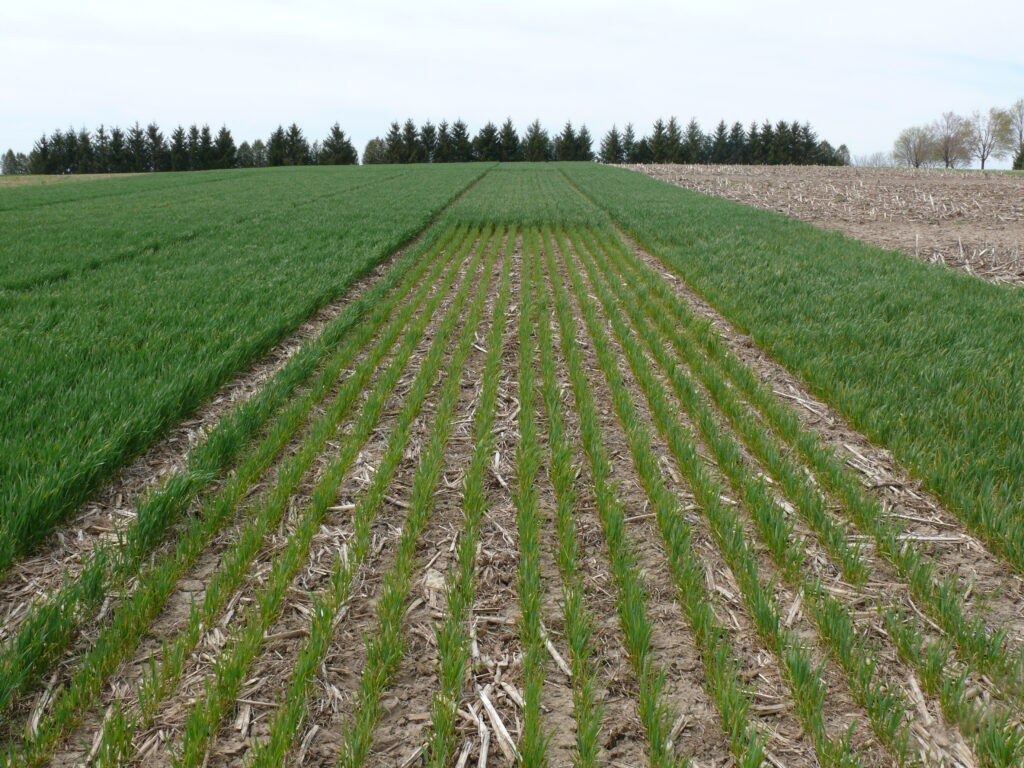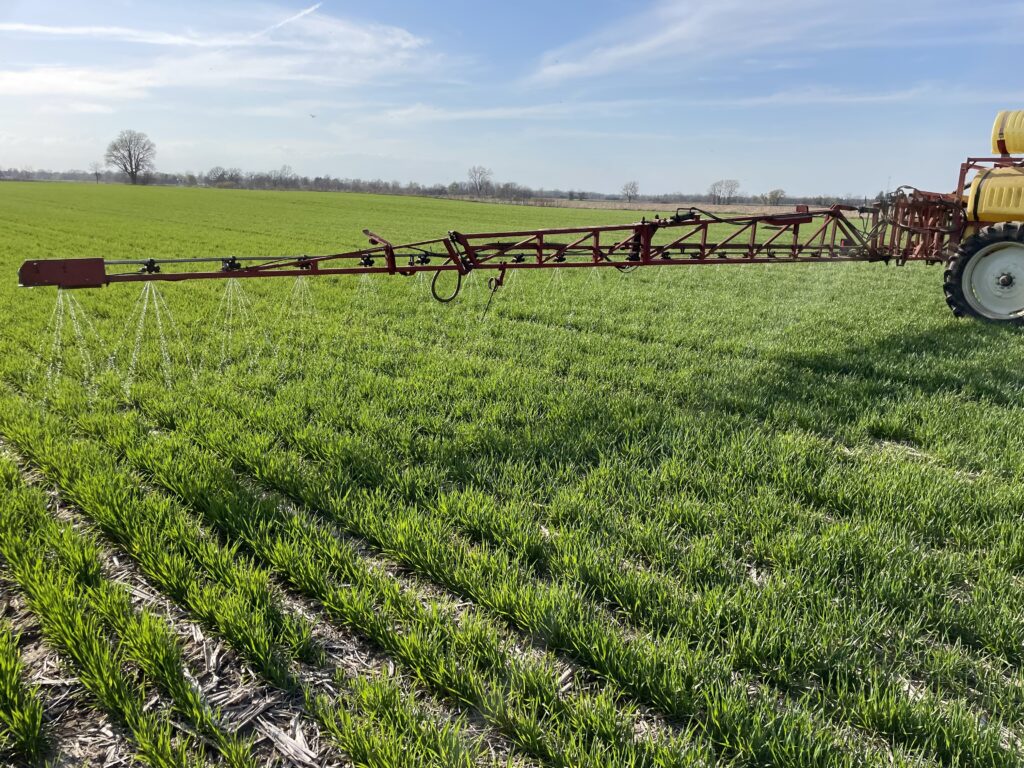Winter Wheat Starter Response

Co-Authored with Shane McClure and Middlesex Soil and Crop Improvement Association Purpose: Adequate soil phosphorus (P) and potash (K) levels are essential to produce high yielding crops. With high fertilizer prices it is important to use the fertilizer as efficiently as possible. Using starter fertilizer can be an effective way to apply fertilizer but what […]



